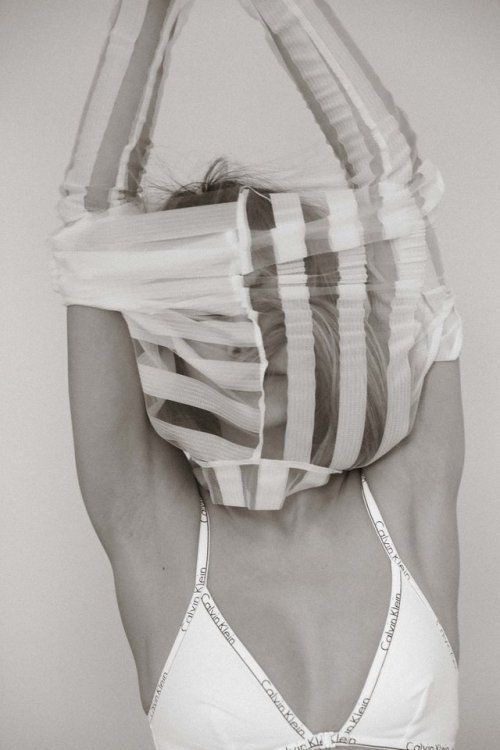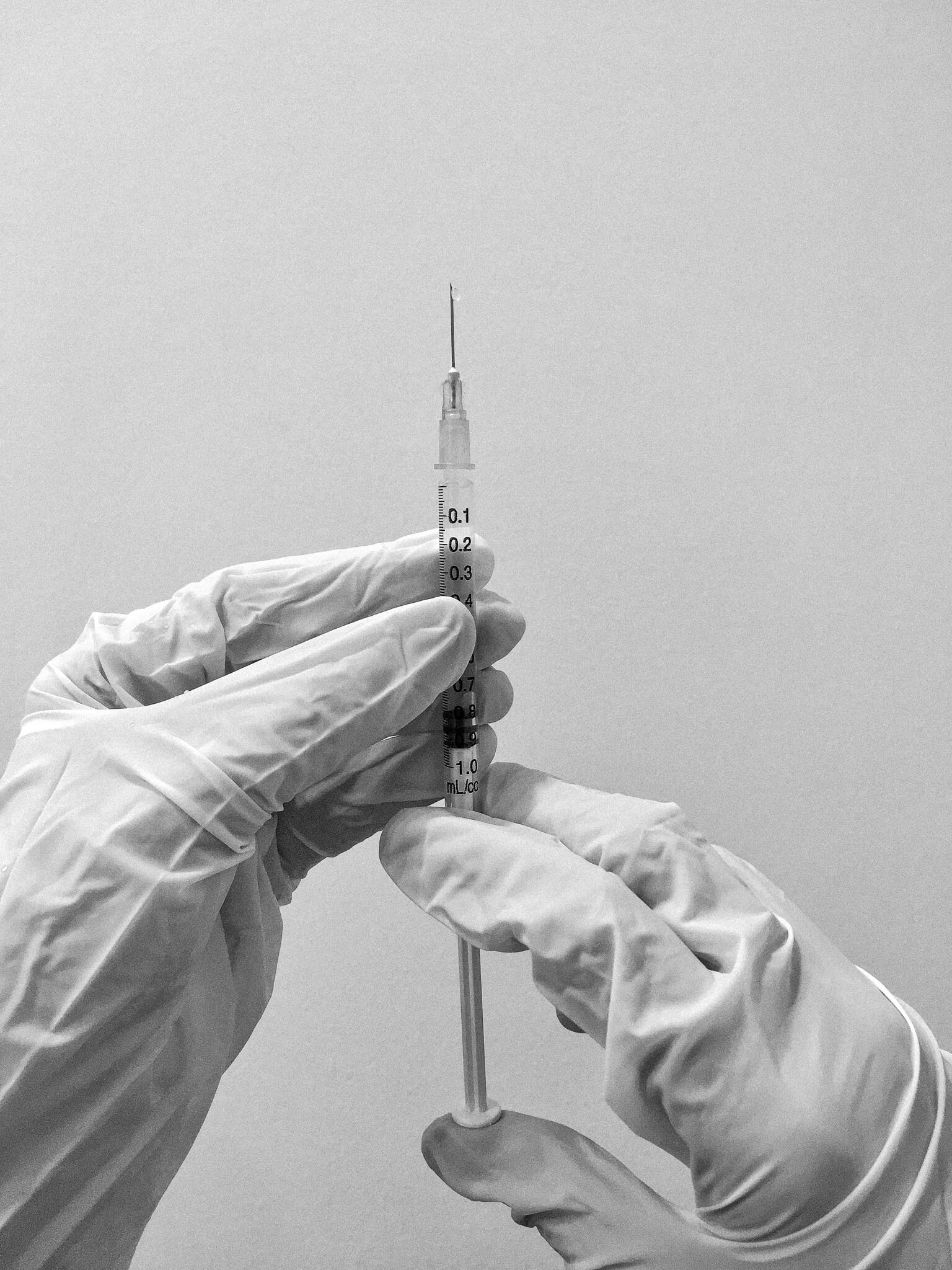aescend aesthetics
The Rise Of Skin Threading

Have you heard about PDO (mono threads)? Also known as skin threading…..but not sure what it is, or what it is all about? Over the last few years, skin threading has risen in popularity as a cosmetic treatment for those seeking a non-surgical option to lift and tighten their skin. This procedure, also known as mono threading, involves inserting tiny, dissolvable threads into the skin to stimulate collagen production and promote firmer, more youthful-looking skin.
Where Did It Come From?
The use of threading to tighten and lift skin is not new. It originated in Asia and has been used for centuries in traditional medicine. However, the recent advancements in technology and materials have made skin threading a more accessible and popular option in modern cosmetic treatments.
How Does It Work?
Skin threading involves the use of a fine needle to insert PDO threads into the skin. Mono threads are made from a material called polydioxanone (PDO), an absorbable polymer that is analogous to that of suture material. Inserted superficially into the skin, mono threads stimulate collagen, providing support to tissue This production helps to lift and tighten the skin, improving its appearance.
One of the advantages of skin threading is that it is a minimally invasive procedure that requires no incisions or anesthesia. It also has a lower risk of complications compared to surgical procedures, such as a facelift. Skin threading is an excellent option for those who are looking for a non-surgical option to improve their appearance and achieve a more youthful, lifted look.
How Long Does The Procedure Take?
The procedure typically takes about 30 to 45 minutes, and the results are immediate. Patients may experience some redness, swelling, or bruising after the procedure, but these symptoms typically resolve within a few days. Patients can resume their normal activities immediately after the procedure.
Where Can You Get Skin Threading? Lasting Results?
Results can last several months to a year, depending on the patient’s age, skin type, and lifestyle factors. PDO threads can be used almost anywhere on the body as they are hypo-allergenic with a very low-risk profile. Here is a list of common areas:
- upper and lower cheeks
- forehead and brows
- neck and jawline
- mouth lines
- lip definition
- crepey skin under the eye
- improvement of jowls
- treatment of lax skin on the arms, buttocks, abdomen, legs
- to improve the appearance of cellulite and the appearance of scars and stretch marks
If you want to know more click here or book for a free consultation!



